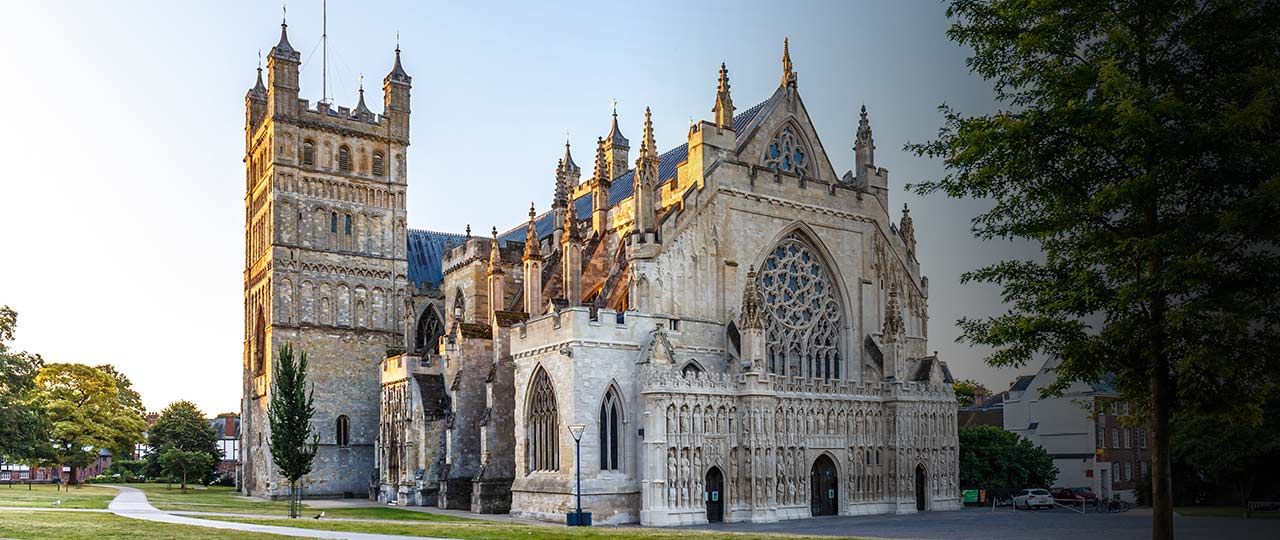
Isabel Clifton
Senior Associate Director, Residential Agency


Senior Associate Director, Residential Agency
Over the past century the UK saw a shift from “urban” to “suburban”, with families venturing outside of cities like London and Edinburgh in search of a quieter existence in the suburbs. But in recent years there has been a reversal of that trend, with people returning to larger cities in what has been called an “urban renaissance”. The populations of city centres are growing and they show no signs of stopping.
Where are the most rapidly growing cities?
According to a recent BBC report, the following city centres in England and the Midlands experienced the most rapid growth from 2002 to 2015:
•Cardiff: 88%
•Southampton: 94%
•Milton Keynes: 113%
•Sheffield: 139%
•Leicester: 145%
•Bradford: 146%
•Manchester: 149%
•Leeds: 150%
•Birmingham: 163%
•Liverpool: 181%
The report stated that detailed figures for the same period were not available for Scotland or Northern Ireland. However, census data indicated that between 2001 and 2011:
•Belfast’s city centre grew by 31%
•Edinburgh’s city centre grew by 25%
•Glasgow’s city centre grew by 44%
Who is moving into city centres?
The population boom in city centres can be attributed in large part to younger people. While older generations moved from urban areas to the suburbs in years past and have not returned, younger people who came of age in suburban areas are now moving to city centres – and in large numbers, due to university life and the magnetic draw of nascent career prospects. This increase in youthful population has lent itself to the growth of businesses that cater to the demographic, such as retail stores, bars and gyms. This has had significant repercussions, including:
•The student population in city centres is growing exponentially. Case in point: between 2001 and 2011, the student population in Sheffield grew by more than 300%.
•The number of 20 to 29-year-olds grew to make up half of the population in the first decade of the 21st century.
•Young city-dwellers are educated – more than one third have a degree.
•City centres have a greater availability of high-skilled jobs requiring a university education.
•Living in a city centre with a greater number of large companies and lucrative jobs reduces – or nearly eliminates – commute times, making them especially attractive to young professionals.
Where are they moving?
In addition to the usual suspects, such as London, Manchester, Edinburgh and Belfast, Exeter was recently named one of the best places to live in an annual survey. The Sunday Times noted it in the category of “old favourites” and called the capital of Devon “a glorious gateway to the past”. As well as being home to two national parks, it is just two hours from London by train and its speedy broadband network makes it attractive to the growing number of people who work from home but still want the amenities of city living. There are also excellent schools and many independent shops, making it an appealing city for families.
Similarly, a recent Telegraph article compared Exeter’s flourishing property market as a “London but on a smaller scale”, where the city’s property growth has outpaced the wider South West. It has now become one of the fastest growing cities in the UK, seeing a boom in new development to cater for this growing demand.
Our Associate Director Isabel Clifton has this to say about Exeter:
“Over the past few years, Strutt & Parker Exeter have witnessed a shift in the requirements of buyers, particularly those moving here from other areas. It used to be the case that most buyers wanted village life or a house in the country. Many more buyers registering with us now simply want the convenience of city life and not having to drive five miles for a pint of milk. This is relevant to quite a wide age range, from young professionals to semi-retired.”
Our pick of the best homes for UK city living:
•32 West Avenue, Exeter, Devon EX4
This is an impressive, substantial detached property with six bedrooms located on one of Exeter’s most sought-after residential streets and five minutes from the city centre.
A superb five-bedroom freehold townhouse with a large garden and garage arranged over five floors. This magnificent home features open views down Caroline Terrace to the front and benefits from pleasing natural light throughout the house.